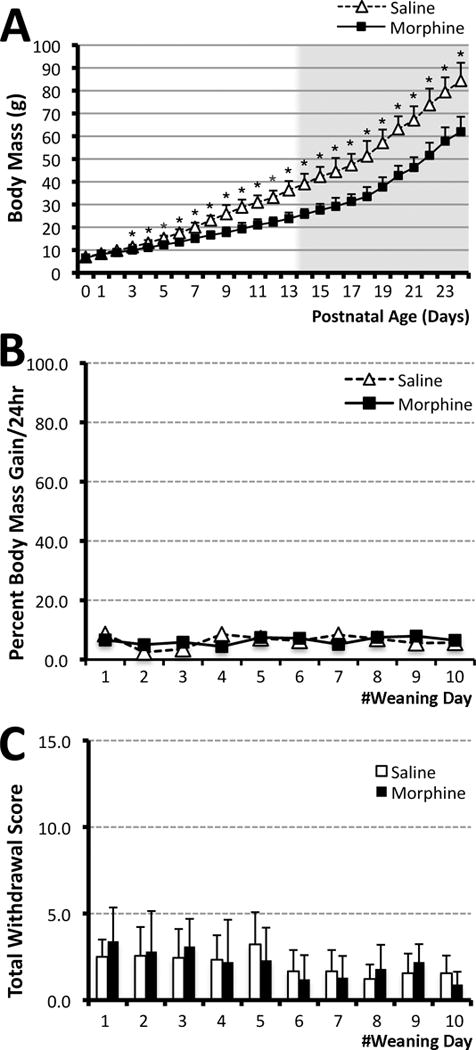Figure 1. Prolonged morphine administration in newborn rats.

Graph A illustrates the effect of repeated morphine treatment on the body mass of newborn rats (white background) in comparison to saline treated controls. Day of birth was considered day 0 of life. Morphine sulfate (10mg/kg sc twice-daily) or equivalent volume of saline was injected for 14 days starting on postnatal day (PD)1. Afterwards, animals underwent a 10-day weaning period (PD15-24; gray background; see Methods section for details). Progeny from 4 litters was used to analyze the weight. Systemic morphine exposure (N=21; 15 female and 6 male) significantly decreased body mass (± SD) in newborn rats in comparison to saline control group (N=18; 8 female and 10 male) from PD3. Panels B and C show analysis of physical signs of withdrawal that were analyzed in progeny of the first two litters: saline (N=8) and morphine (N=10). Graph B illustrates percent body mass gain/24 hr (± SD) during the weaning period of 10 days. Consistent percent body mass gain was maintained through the period of morphine weaning and no significant differences were observed between the morphine and saline treated animals at any of the days analyzed. Graph C shows analysis of total withdrawal score (± SD) for each day of the weaning period (PD15-24). There were no differences in any individual (not shown) or total daily withdrawal scores between morphine and saline treated animals. Two-tailed t-test was used to compare mean values/day (± SD; A–C): *p<0.05.
